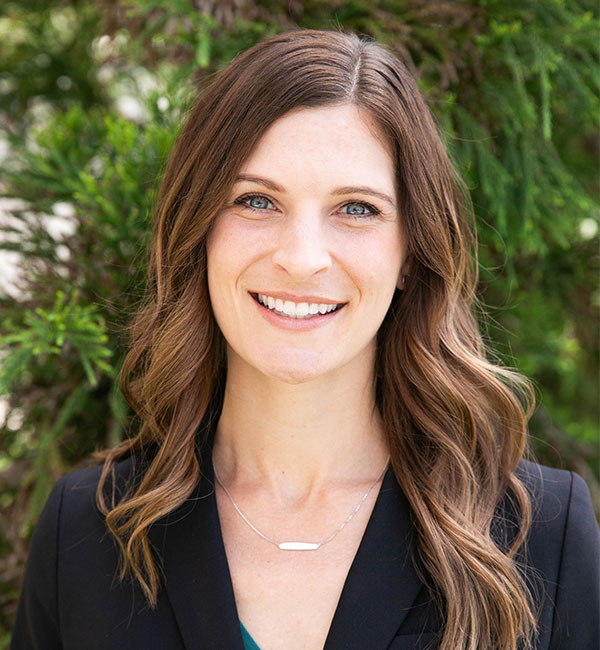What are the differences between an HSA and an FSA?
Both the health savings account (HSA) and the healthcare flexible spending arrangement (FSA) are account types that help lower your taxes and help you save for healthcare expenses. You may qualify for one or the other in any given tax year based on the type of health insurance coverage you have, as well as the benefits your employer offers.
These accounts have many similarities, though they also have differences that you don’t want to mix up. Making things even more complicated are the options of using dependent care FSAs and limited healthcare FSAs. All four account types, the HSA, healthcare FSA, childcare FSA, and limited healthcare FSA, allow you to set aside pre-tax dollars for specific expenses. There are distinct rules for each account type which you can explore in the chart below.
One similarity across all four account types is there’s no income limit for one to contribute to them, so even high-income earners can benefit from these accounts and reduce their taxable income. Which selections are right for you depends on your personal situation and what your employer offers. Contact your financial advisor if you have questions about your benefits package.
| HSA | Health Care FSA | Dependent Care FSA | Limited Health Care FSA | |
|---|---|---|---|---|
| Eligibility to make contributions | Need to be enrolled in a high deductible health insurance plan (HDHP). | No restrictions on type of health insurance, but you cannot participate in a health care FSA in a year that your or your spouse is contributing to an HSA. | Must be used for dependent care services necessary for you (and spouse, if married) to work, look for work, or attend school full time. | Need to be enrolled in a high deductible health plan and have an HSA.** |
| Ownership | Individually owned and transferable. | Employer-sponsored health benefit, nontransferable. | Employer-sponsored benefit, nontransferable. | Employer sponsored benefit, nontransferable. |
| What happens to unspent funds at the end of the plan year? | Unused amount can accrue over time. | “Use it or lose it” treatment. Cannot rollover to another year. (Two exceptions, employer can offer one option or none; can use funds during extended grace period of up to 2.5 months or can rollover up to $660) Unused funds after deadline go back to employer. | “Use it or lose it” treatment. Cannot rollover to another year. Unused funds go back to employer. | “Use it or lose it” treatment. Cannot rollover to another year. (Two exceptions, employer can offer one option or none; can use funds during extended grace period of up to 2.5 months or can rollover up to $660) Unused funds after deadline go back to employer. |
| Compatibility with other spending account | Household cannot also contribute to a medical FSA but can contribute to both an HSA and dependent care FSA if eligible for both. You can also contribute to a limited purpose FSA and a HSA in the same year. | Household cannot also contribute to a HSA but can also contribute to a dependent care FSA. | Can pair with either an HSA or an FSA. | Must be contributing to an HSA plan. |
| Can the account earn interest or be invested? | Can earn interest or can be invested in stocks, bonds, and securities. | Does not earn interest and cannot be invested. | Does not earn interest and cannot be invested. | Does not earn interest and cannot be invested. |
| What can the account be spent on? | Can be used to pay for eligible medical, dental, and vision expenses that are not covered by insurance. | Can be used to pay for eligible medical, dental, and vision expenses that are not covered by insurance; cannot be used for insurance premiums; covers a broad list of medical expenses including some over-the-counter items. | Can be used to cover dependent care expenses, such as daycare, nanny, preschool, and day camps during working hours; overnight camp is not eligible. | Can be spent on eligible dental and vision expenses only. |
| Fund availability | Can only spend or be reimbursed for what is in account at that given time. | Can spend or be reimbursed more than you have in account if payroll deductions make up for it by the end of the year. | Your reimbursements are limited to the amount you have contributed to your dependent care FSA at the time you request reimbursements. | Can spend or be reimbursed more than you have in account if payroll deductions make up for it by the end of the year. |
| Who is responsible for following IRS guidelines and reimbursements? | Individual is responsible for identifying qualified medical expenses for tax reporting and documentation. | Employer is responsible for following IRS guidelines for distributions. Individuals file reimbursement requests through employer. | Employer is responsible for following IRS guidelines for distributions. Individuals have to file reimbursement requests through employer. | Employer is responsible for following IRS guidelines for distributions. Individuals have to file reimbursement requests through employer. |
| How much can you contribute? | Contribution limits for 2025 are $4,300 for individuals and $8,550 for those with family coverage. This is a total for your household, including employer contributions if given. If one spouse has an individual plan and the other parent and child(ren) coverage, You still cannot contribute more than the family max of $8,550. However, an additional $1,000 can be contributed if over the age of 55. | Contribution limit for 2025 is $3,300 for individuals FSAs. If you’re married, your spouse can put up to $3,300 in an FSA with their employer too. Employers can, but not required to, also contribute to the plan. | Contribution limit for 2025 is 5,000 for dependent care FSAs. This is for both individuals and couples. Employer contributions, if any, count toward these limits. | For 2025, the contribution limit for an LP-FSA is $3,300, with a maximum of $6,600 per household if both spouses are offered it or $3,300 for married couples filing separately. |
| Can you change contributions throughout the year? | Contributions can be changed throughout the year. Contributions can be made both through payroll as well as from cash at the bank. | Individuals decide how much they want to contribute during open enrollment. Contributions generally cannot be changed during a plan year and are made through payroll. | Individuals decide how much they want to contribute during open enrollment. Contributions generally cannot be changed during a plan year and are made through payroll. | Individuals decide how much they want to contribute during open enrollment. This generally cannot be changed during a plan year, and contributions are made through payroll. |
| On whom can you spend the funds | Yourself, your spouse, your eligible dependents. | Yourself, your spouse, your eligible dependents. | Eligible dependents’ care. | Yourself, your spouse, your eligible dependents. |
| Extra benefits | If you do not need the money for medical expenses after age 65, it can be treated as a Medical IRA. You can spend it however you want, paying regular income tax on non-medical distributions. |
PDF from the IRS on HSAs and other Tax-Favored Health Plans: https://www.irs.gov/publications/p969#en_US_2023_publink1000204083






